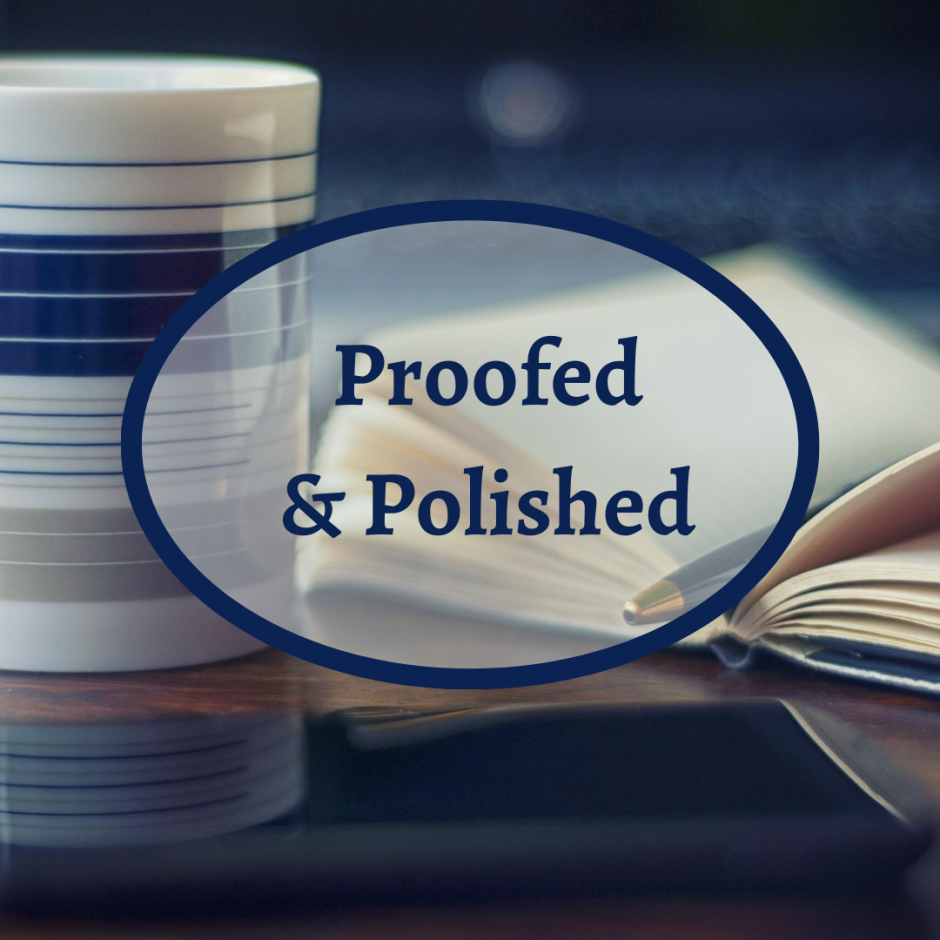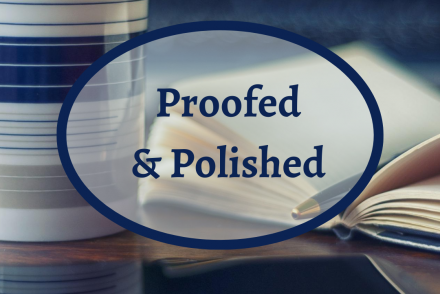A Scenario…
Finally! You sit back in your chair and breathe a sigh of relief. The project is done, and before the deadline! A small miracle in and of itself. You would love nothing more than to hit “Submit,” treat yourself to ice cream or a walk, and bask in the glow of accomplishment. But you know, you know, that if you don’t look it over at least one more time, that whatever errors are lurking in your nearly memorized manuscript will become glaringly obvious the second you hit “Send.” The errors will contaminate your ice cream with regret and your subconscious will taunt you while you’re trying to sleep.
So you take another deep breath, and you scroll to the beginning.
Just one more read-through.
I can do this.
Ok, this isn’t so bad.
Is a comma supposed to be there?
Wait, is it toward or towards?
Aaand fifteen minutes later, you’ve reread your first sentence twenty-five times and all words have lost their meaning. That, or you’re on page twenty-five and have found zero errors, which either means you’re a complete genius, or you’re not actually reading the words at all. HELP!
Introducing Proofed and Polished
It’s cool, we’ve all been there. But still, we all need to send a proofed and polished manuscript so that the errors aren’t distracting the readers from the awesomeness of our storytelling. I have ideas to share!
Proofed and Polished will share some tips and tricks to help you send out a glitch-free product that you can be proud of. I’ll look at the nitty-gritty of proofreading: common vocabulary errors; some grammar pointers; goofy idiomatic expressions; and some practical tips to help you get the proofreading done without your eyes glazing over or second-guessing yourself.
Sound good? Let’s get started now!
3 Tips for Proofreading When You Just Don’t Want To
Remember that scenario in the beginning? It can be avoided. I know you just want to turn it in, but instead, try this:
- Walk Away
Seriously. You wrote it, so you know what it’s supposed to say. Your eyes will play tricks on you. Of course you know that it’s its, not its’, or it’s…isn’t it? Is its’ even a thing?? Just walk away. Get your ice cream or go on a walk – you still worked hard – maybe even sleep on it. Only sit down to proofread once you have fresh eyes.
- One Thing at a Time
Welcome back! Fresh from your break, what to do first? Spelling? Punctuation? Grammar? Formatting? Pick just one. You can:
- Go paragraph by paragraph and look only at your spelling (I know you ran spell check, but you still need to do this step – more on that in a future post).
- Go one page at a time and look for different types of errors; then, take a break between each page.
- What are your weaknesses? Punctuation? Check that first.
If you’re proofing a big project, be willing to give it time! Otherwise, you’ll miss things or make new errors in the name of changing something.
- Start at the End
Huh? Try it. Read the last paragraph first, checking for errors as you go. Then the next-to-the-last paragraph, then the one before that…Kinda weird reading your creation backwards? Good! You can stop getting distracted by the flow of the story, and get focused on the technical side of things.
*P.S. I used this strategy for this article.
Got it? Now…
Try these ideas and share your results or your own proofreading tricks! You’ll be proofed and polished and ready to publish before you know it!

Dayna Betz is a full-time freelancer providing proofreading and editing services to help writers put their best foot forward. She also enjoys reading and writing book reviews. Head over to her site to learn more: https://betzliterary.com.



 We love helping your growing in your writing career.
We love helping your growing in your writing career.

No Comments